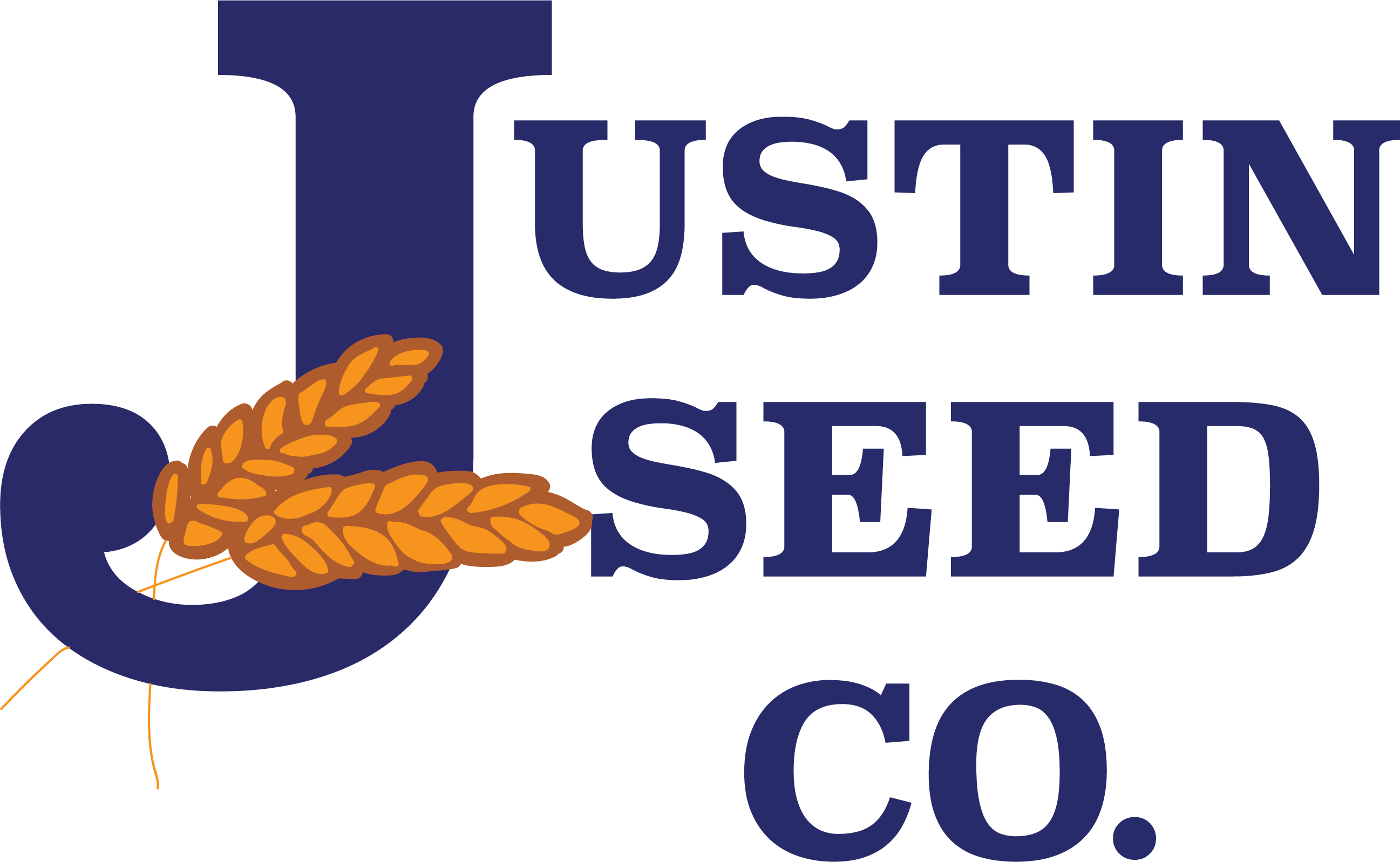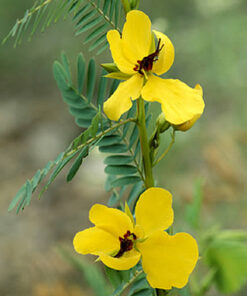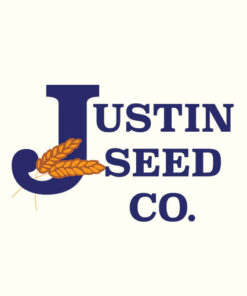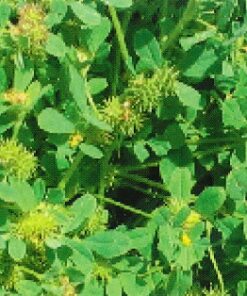Cowpea, Red Ripper
Good for legume cover and wildlife. and soil improvement, needs warm soil. Seed are maroon in color and hard-seeded.
Good for legume cover and wildlife. and soil improvement, needs warm soil. Seed are maroon in color and hard-seeded.
| Planting Time | Planting Rate Acre |
| Late Spring | 15-25 lb. rows. 40-60 Broadcast |
| Weight | 1 lbs |
|---|
Be the first to review “Cowpea, Red Ripper” Cancel reply
You must be logged in to post a review.
Related products
New rust-resistant, a cultivar of white-flowered, annual sweetclover (Melilotus albus Medik.) adapted to the south and central Texas.
Red winter beardless wheat that is adaptive across the south to be used as a forage wheat. Beardless wheat has little to no awns which allows continued grazing when the seed is setting in late spring.
Warm season native perennial that is a member of the legume family. Plant is attractive to bees, butterflies, and/or birds.
Native, cool-season perennial which can grow up to three feet tall. The plant produces a basal rosette of leaves that can grow eight inches long.
Bob oats are public release of oats and is considered a Red Winter Oat or a Red Rustproof oat compared with oats from the 1865's.
Native, cool-season perennial which can grow up to three feet tall. The plant produces a basal rosette of leaves that can grow eight inches long.
Selection of naturalized little burr medic developed by Dr. William R. Ocumpaugh of the TAES-Beeville and released by Texas Agricultural Experiment Station.
In the south this is a summer staple at the dinner table. Okra likes warm and hot weather and produces fruit through its entire growing life.










Reviews
There are no reviews yet.